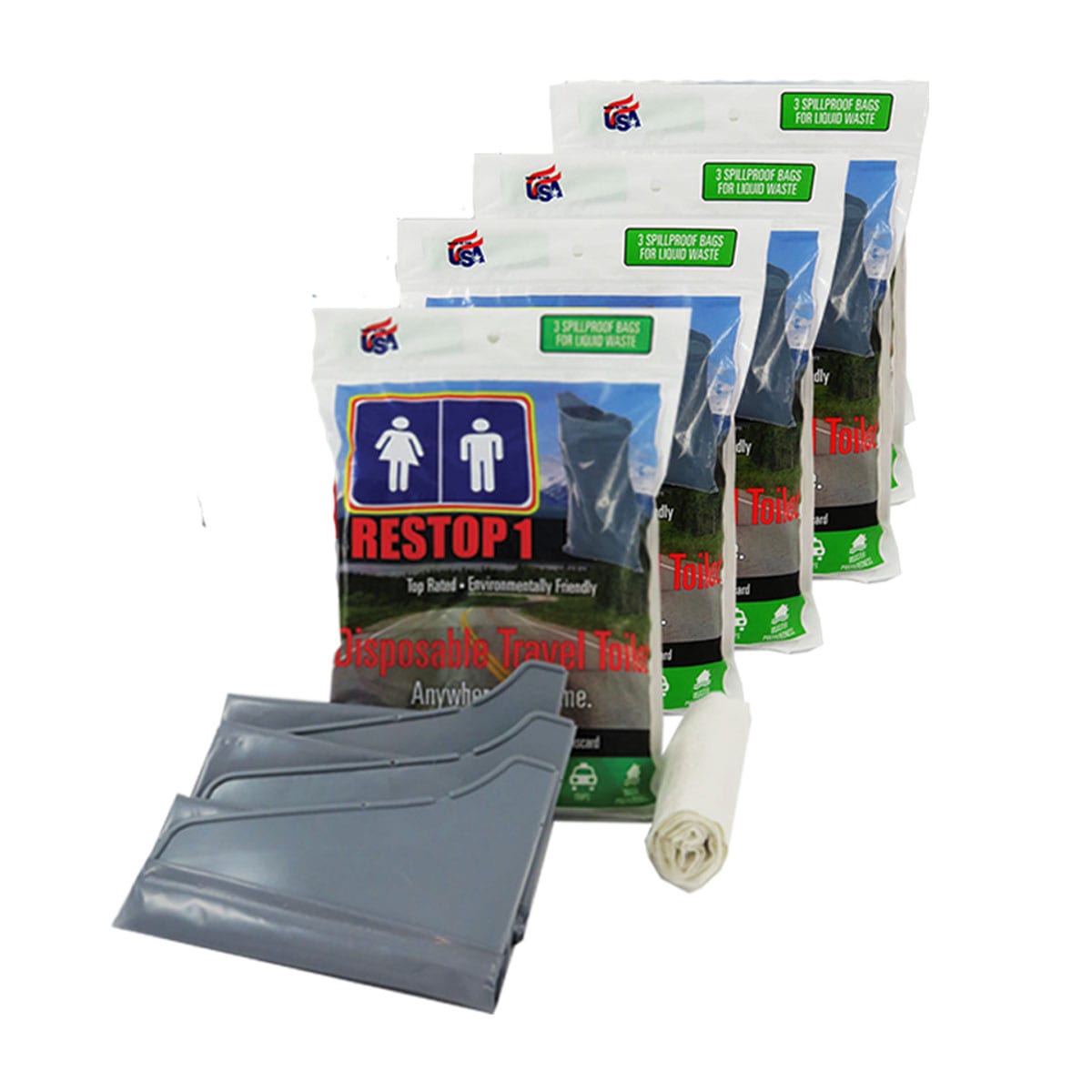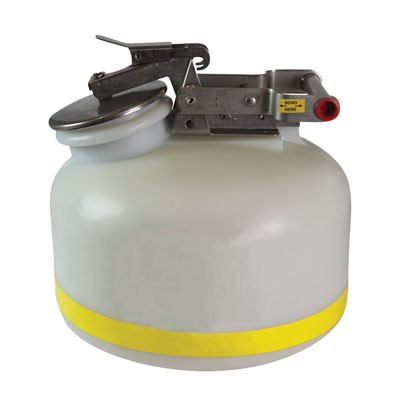Comprehensive Liquid Waste Disposal: Solutions for Houses and Companies
Comprehensive Liquid Waste Disposal: Solutions for Houses and Companies
Blog Article
How Liquid Waste Disposal Functions: A Detailed Review of Strategies and Technologies Utilized

Overview of Fluid Waste Kind
The complexity of liquid waste kinds necessitates a complete understanding of their attributes and effects for disposal. Fluid waste can broadly be classified right into a number of types, consisting of industrial, metropolitan, agricultural, and contaminated materials. Each category displays unique homes, calling for certain administration approaches to alleviate ecological and health and wellness dangers.
Industrial fluid waste stems from producing procedures and frequently contains a variety of pollutants, such as hefty steels, solvents, and natural compounds. Community fluid waste, mostly consisting of wastewater from households and industrial facilities, consists of natural matter, nutrients, and pathogens (industrial wastewater treatment). Agricultural liquid waste, including runoff from farms, may contain plant foods, pesticides, and pet waste, posturing dangers to water top quality and ecological communities
Dangerous fluid waste is identified by its toxicity, sensitivity, or possible to trigger harm. Comprehending these varied liquid waste types is important for developing efficient disposal methods and making sure conformity with ecological regulations.
Physical Therapy Methods

Testing is the initial step, where larger bits and particles are removed from the liquid waste utilizing screens or grates. This process safeguards downstream equipment from damage and ensures smoother procedure. Adhering to testing, sedimentation utilizes gravitational pressure to separate solids from liquids. In sedimentation containers, larger bits clear up at the bottom, developing a sludge layer, while the made clear fluid can be further dealt with.
Filtering is one more vital method that includes passing the fluid via permeable materials, such as sand or membrane layers, to record smaller sized bits. This step boosts the high quality of the liquid, making it appropriate for subsequent treatment procedures.

Chemical Treatment Techniques
Chemical therapy strategies are essential for successfully handling liquid waste, particularly in resolving liquified and colloidal pollutants that physical methods might not effectively eliminate. These methods utilize numerous chemical representatives to neutralize, speed up, or change harmful materials into much less damaging kinds.
One typical approach is coagulation and flocculation, where chemicals such as alum or ferric chloride are contributed to promote the aggregation of suspended fragments. This process boosts sedimentation, permitting less complicated removal of the resulting sludge. Additionally, oxidation procedures, employing representatives like chlorine or ozone, are employed to break down complicated natural compounds and pathogens, providing the waste more secure for discharge or further therapy.
Neutralization is another vital strategy, which adjusts the pH of acidic or alkaline waste streams to neutral levels, avoiding potential harm to downstream systems and the atmosphere. In addition, advanced oxidation procedures (AOPs) make use of combinations of oxidants and ultraviolet light to break down consistent toxins, accomplishing a higher level of treatment performance.
Organic Therapy Procedures
Biological treatment processes play an essential function in the management of liquid waste by using bacteria to decay organic matter and decrease impurity degrees. These processes can be broadly categorized right into aerobic and anaerobic treatments, each utilizing particular microbial areas to attain efficient waste deterioration.
Cardio treatment entails using oxygen to assist in the breakdown of natural products by germs. This process is frequently executed in activated sludge systems, where oygenation containers give a favorable setting for microbial growth, leading to the oxidation of organic toxins. The resultant biomass can be divided from treated effluent via sedimentation.
On the other hand, anaerobic treatment occurs in the absence of oxygen, relying upon different microorganisms to break down raw material. This technique is particularly helpful for high-strength waste, as it creates biogas, a renewable resource resource, while reducing sludge manufacturing. Technologies such as anaerobic digesters are frequently utilized in industrial and municipal applications.
Both anaerobic and aerobic organic treatments not just lessen the ecological influence of liquid waste however also promote source recuperation, making them necessary parts of lasting waste monitoring approaches. Their performance, effectiveness, and flexibility support their widespread execution across various sectors.
Arising Technologies in Disposal
Cutting-edge techniques to liquid waste disposal are rapidly advancing, driven by advancements in modern technology and a raising focus on sustainability. Amongst these arising innovations, membrane bioreactors (MBRs) have actually obtained traction for their capability to combine organic therapy with membrane layer filtering, causing high-grade effluent that can be reused in different applications. MBRs make it possible for smaller impacts and much more effective procedures compared to traditional systems.
One more promising advancement is using anaerobic food digestion combined with nutrient healing technologies, which not only treats fluid waste however additionally generates biogas and recoups useful nutrients like nitrogen and phosphorus. This twin advantage enhances source performance and reduces environmental influence.
In addition, progressed oxidation procedures (AOPs) are being taken on for the deterioration of complex organic toxins. These techniques make use of powerful industrial wastewater treatment oxidants and drivers to damage down pollutants at the molecular degree, using an extremely efficient option for challenging waste streams.
Additionally, the combination of expert system and maker learning in waste monitoring systems is enhancing functional efficiency and predictive upkeep, causing minimized expenses and improved ecological compliance. These technologies show a significant change towards even more effective and lasting fluid garbage disposal methods.
Conclusion
In final thought, efficient fluid waste disposal demands a comprehensive understanding of different techniques and technologies. By continually progressing these methods, it ends up being possible to address the expanding difficulties connected with liquid waste, inevitably contributing to ecological security and resource recovery.
Fluid waste disposal is a critical element of environmental management, requiring a thorough understanding of numerous techniques and innovations tailored to various waste types. Fluid waste can broadly be classified right into a number of kinds, including industrial, metropolitan, agricultural, and harmful waste. Agricultural liquid waste, consisting of drainage from farms, might have fertilizers, chemicals, and pet waste, presenting risks to water high quality and ecosystems.
Various physical treatment methods play a critical function in handling fluid waste effectively - industrial wastewater treatment.In conclusion, efficient fluid waste disposal demands an extensive understanding of different methods and modern technologies
Report this page